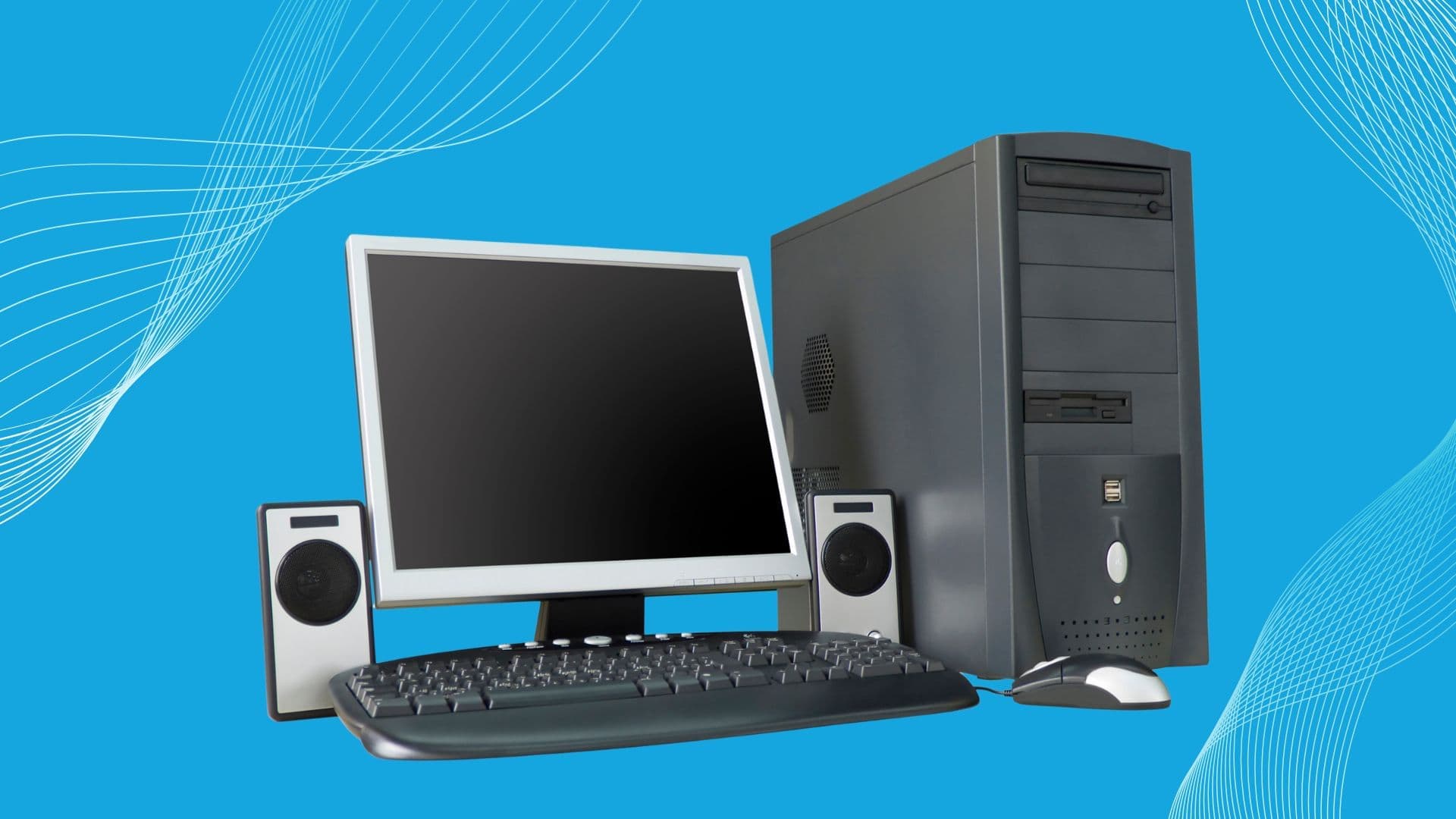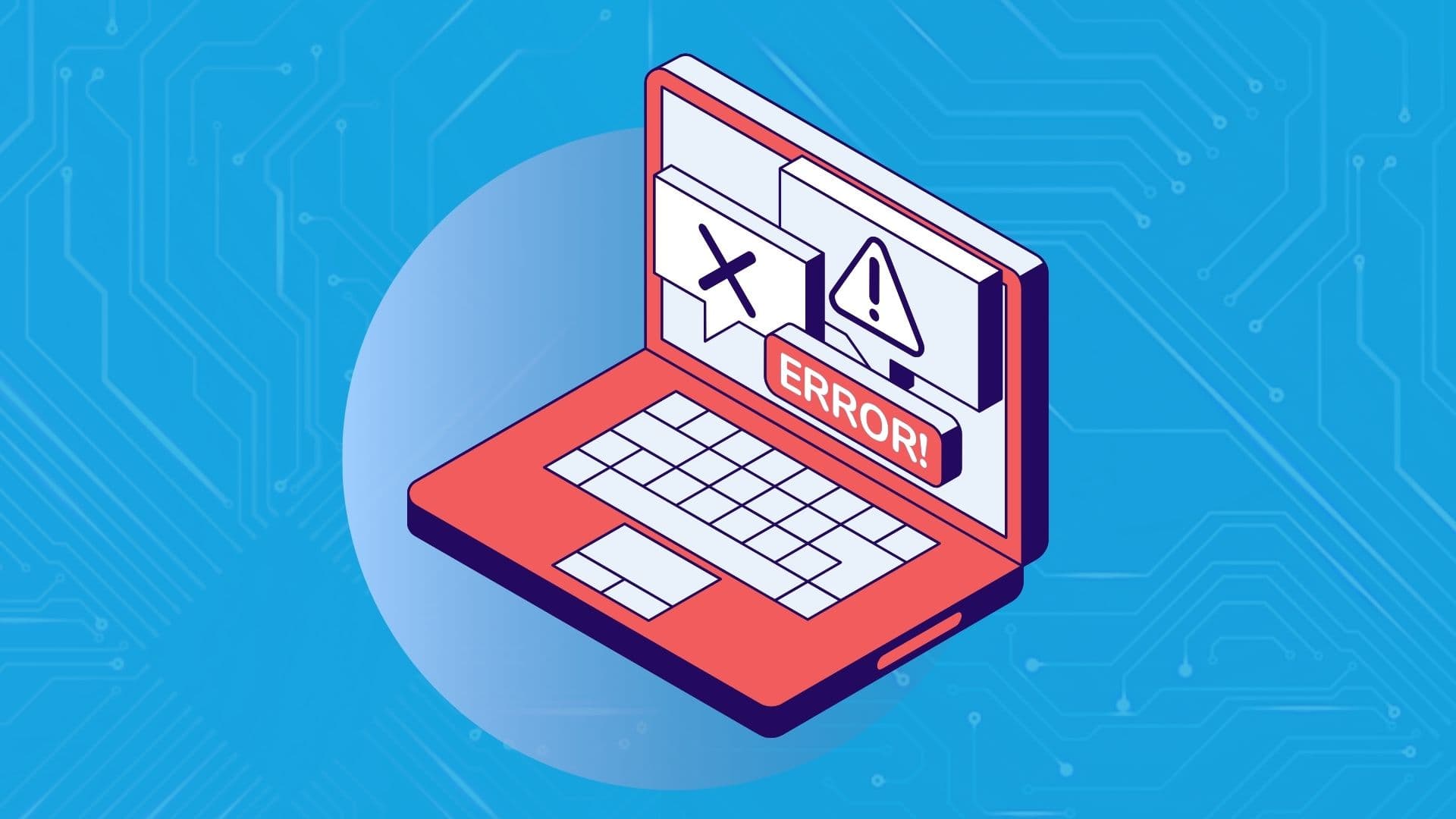
Data loss is an unexpected event that no one wants to experience. To prevent this loss, it’s vital to understand your hard drive’s status. The hard drive is the foundation of data storage, but they don’t last forever. Hard drives utilize S.M.A.R.T. (Self-Monitoring, Analysis, and Reporting Technology) to detect and monitor their reliability and send a signal when a drive appears to fail. This is a good way to see if your hard drive is dying. In this post, we will discuss how to use S.M.A.R.T. to see what the status of your hard drive is and whether it is dying.

Windows does not have a built-in tool to access the detailed S.M.A.R.T. data, but you can access the basic information from Command Prompt. However, we still recommend you use CrystalDiskInfo (an easy-to-use third-party software) to dive into the details. Understanding the signals of S.M.A.R.T. from CrystalDiskInfo and taking action can make a difference between seamless data protection and unexpected disaster.
Download and install CrystalDiskInfo (it’s free!).
Open the app to view the details of the S.M.A.R.T. status.
Different stages of status about your drive will be displayed in “Health Status”: “Good” means all drives work well, “Bad” indicates there is a drive almost dead or dead, “Caution” shows that you should consider backing up and replacing, and “Unknown” means that SMART information could not be assembled.
Note: You can also know the detailed information of each drive like the ID, attribute name, current, worst, threshold, and raw values.
You can set CrystalDiskInfo as a background app once you start with Windows, and will send an alert notification to you if the S.M.A.R.T. status changes on the drive. To enable this setting: Go to the Function menu and turn both the Resident and Startup options on.
Simply open Command Prompt by searching “Command Prompt” in Start and press Enter to open it.
Copy and paste this command to Command Prompt: wmic disk drive get status. Then press Enter.
If everything is working well, you will see “OK” (meaning your drive is healthy). If it shows another status, like “Bad,” “Caution,” or “Unknown,” this can indicate potential issues or errors with your drive.
If your S.M.A.R.T. status is unhealthy, it doesn’t mean that your drive is having an impending hard drive failure. It’s giving you a notification that you need to be prepared for the worst situation: failure of the hard drive. Therefore, it would be wise to do the following steps.
Immediately back up all imported files to external storage.
Consider replacing the hard drive to prevent data loss.
Or, you could utilize the chkdsk tool in Windows for additional diagnostics.
Monitoring your hard drive’s health with CrystalDiskInfo or Command Prompt is crucial for protecting the safety of your data. These tools provide immediate warnings or notifications when potential issues come up. If you received such notifications, don’t ignore them! Start to back up your data and consider replacing your drive. Last, but not least, since these programs only detect potential problems, it’s extremely important to take proactive action by backing up data regularly to keep it secure.

Google is an online technology firm that runs the search engine most widely used globally, commonly known by the same name. The word “Google” is commonly used as a verb meaning “Search for something on the Google search engine.” In its name, the search engine alludes to the enormous number of links it can retrieve. …

Sharing files between computers on a network is essential for home and office environments. If you have a home network with Windows 7 and Windows XP computers, you might want to share files and devices between them. Whether you’re working with Windows 7 or the older Windows XP, both operating systems offer built-in tools to …

People rely on technology now more than ever. A person’s most important files—their photos, their projects, their livelihood—can all lie behind a Windows password. But what happens when that password is lost? How do you access that important data? That’s where Ophcrack can help. Ophcrack is a free, open-source program designed to recover lost Windows …